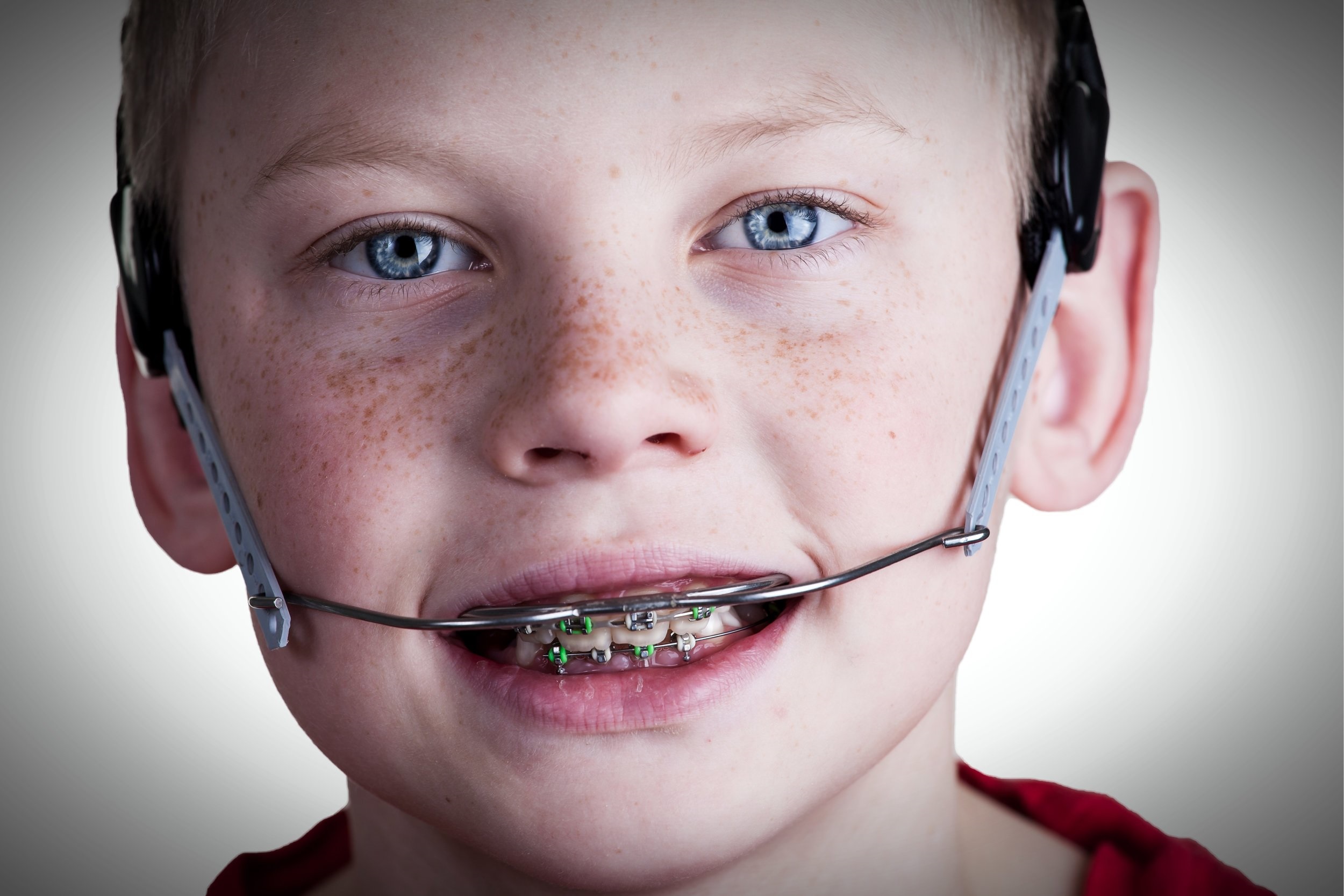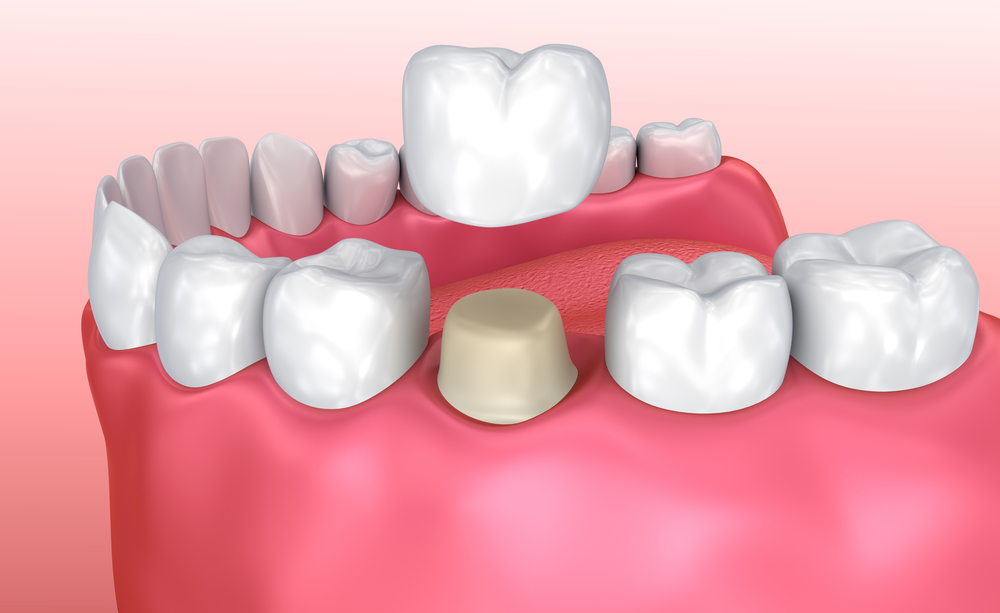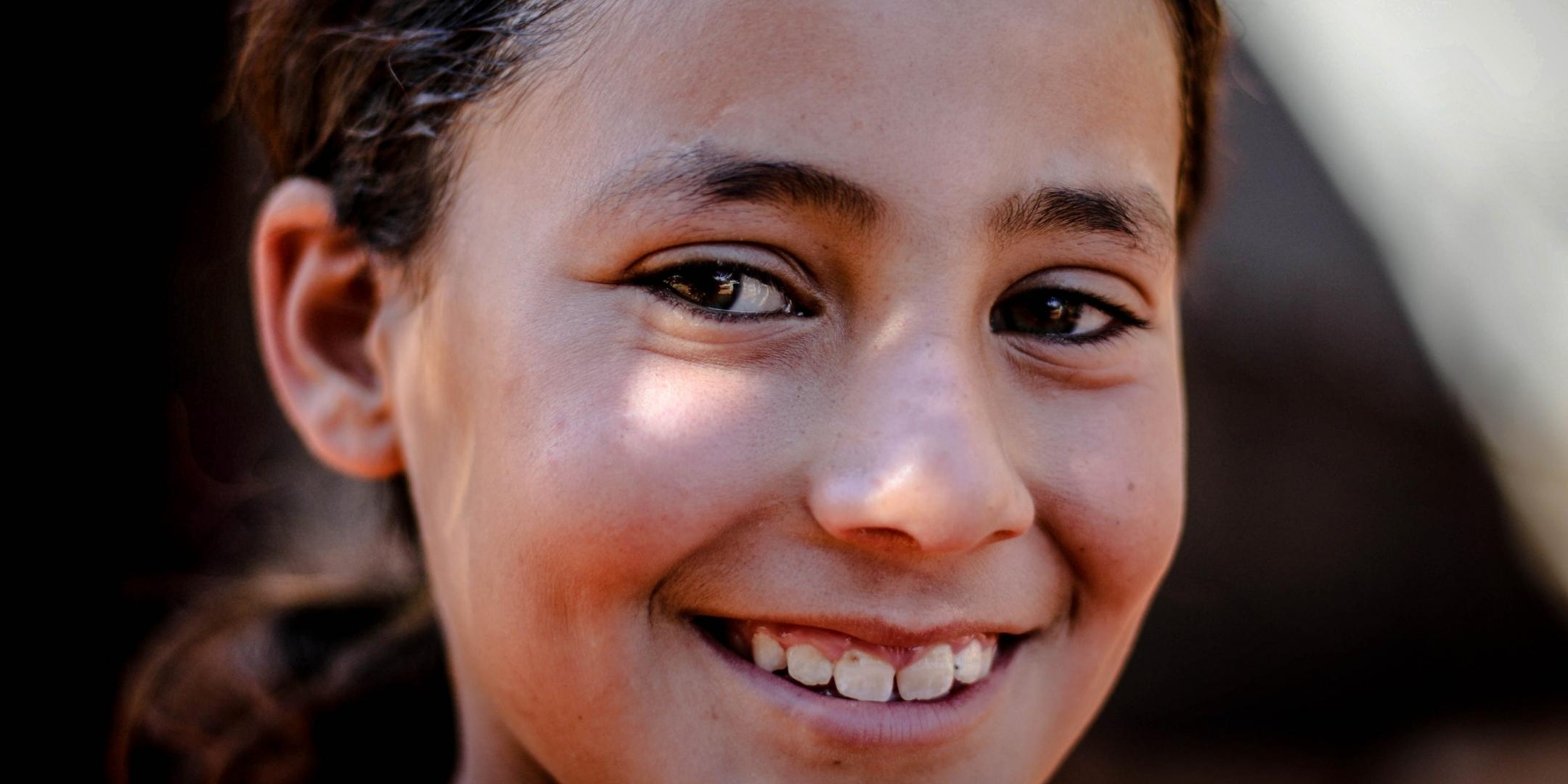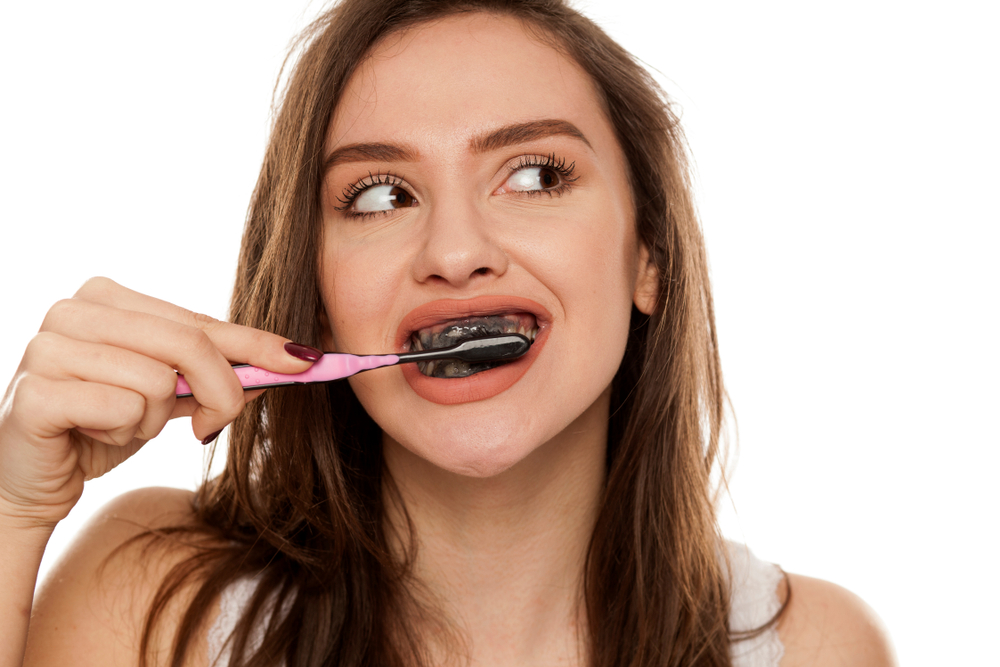- While braces are an effective way to realign the teeth, alternative means are sometimes required.
- Orthodontic headgear can be used to correct an overbite or underbite, and is usually prescribed to growing children.
- Slight discomfort is normal and side effects are rare.
Orthodontic headgear refers to an appliance that creates the necessary force to adjust teeth to their proper position and guide the growth of the face and jaws.
Today, orthodontic headgear is recommended less frequently than it was in the past. But this doesn’t mean that it’s never used. Should you or your child need headgear, your orthodontist will recommend a specific appliance, design a customized treatment plan for you, and provide you with instructions for use and care.
We spoke with two experts — Miami orthodontist Alicia Carroll, DDS and Denver orthodontist Robert Rudman, DDS, MS — to learn more about orthodontic headgear. Below are their answers to the questions orthodontic patients (and their parents) often ask about these dental appliances.
What is orthodontic headgear used for?
Sometimes, braces alone aren’t enough to move teeth into a better position, or to correct trouble with the bite or remedy problems in the growth of the jaws. Orthodontic headgear may be recommended in the following situations:
- For missing teeth
- To move the teeth into the proper position
- To correct the bite
- To address growth problems in the jaw
“Orthodontic headgear is designed to treat an excessive overjet or Class II malocclusion—a bite where the top teeth stick out too far in front of the lower teeth,” says Carroll. “This type of bite can be due to incorrect position of the teeth, incorrect position of the jaws or a combination of the two.”
RELATED: Palate Expander FAQ — Who Benefits from This Device?
What are the different types of orthodontic headgear?
“In a growing individual, headgear is used to correct a skeletal imbalance if the upper or lower jaw is too far forward,” says Rudman.
In conjunction with braces, orthodontic headgear can be used to shift the molars backwards while guiding jaw growth in particular direction.
“There are two main types of headgear,” Rudman explains. “Cervical pull headgear is used to correct an overbite in a growing individual, and reverse pull headgear is used to correct an underbite.”
How does headgear work?
“A headgear appliance is made up of three parts: bands, a facebow, and a strap,” says Carroll.
“Bands are rings which fit around the upper molars. These rings have special tubes on their sides which allow attachment of the facebow. The facebow is a U-shaped metal wire which inserts into tubes on the upper molar bands. The strap attaches the facebow either to the back of the neck (to form a cervical headgear) or to the top of the head (to form a high pull headgear).”
“The strap exerts adjustable force on both the upper teeth and the upper jaw. The level of force determines whether the headgear produces tooth movement, jaw movement, or a combination of the two.”
Headgear should be worn consistently for at least 10–12 hours per day (including nighttime) for optimal results.
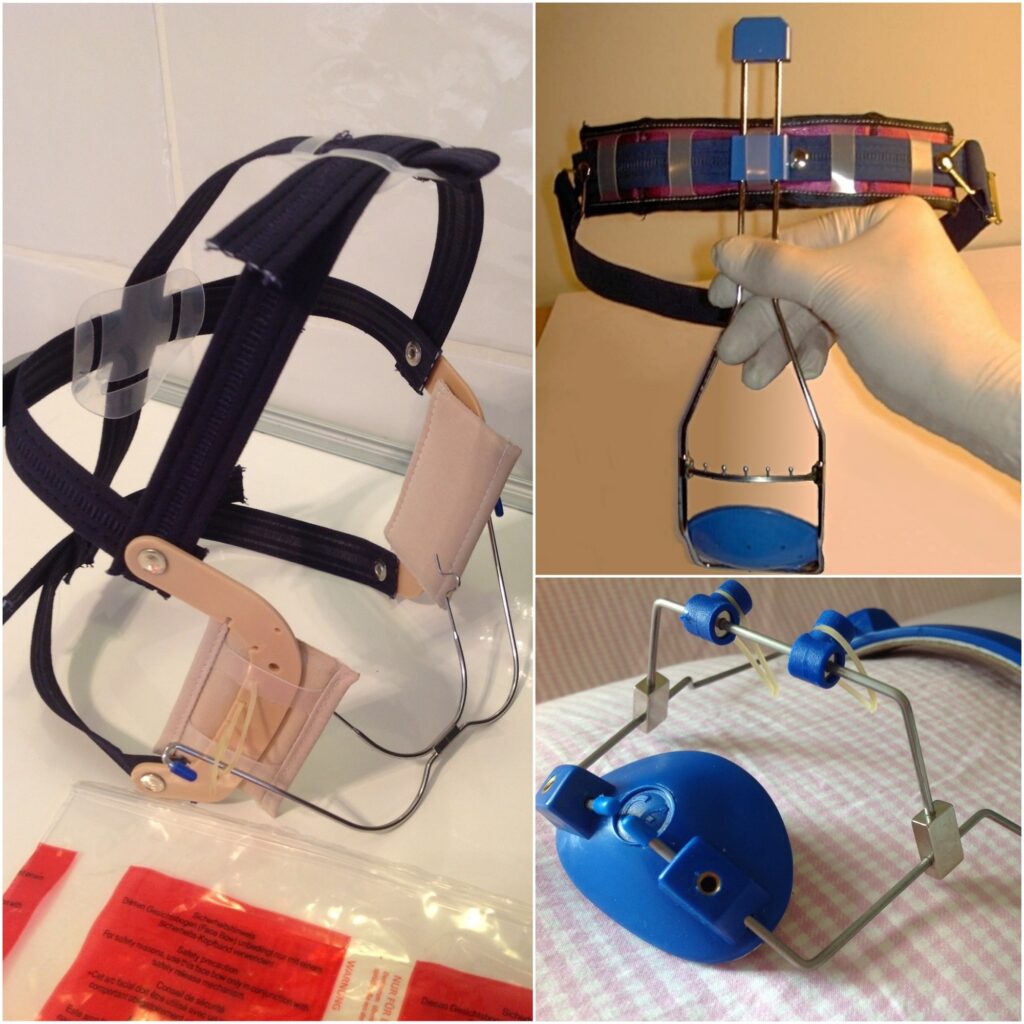
- Left: full orthodontic headgear with headcap, fitting straps, facebow and elastics.
- Top right: reverse-pull headgear with straps hooks for connection of elastic bands into the patients mouth.
- Bottom right: reverse-pull headgear face-mask.
How much does orthodontic headgear cost?
It depends on the overall treatment strategy. “Orthodontic pricing is usually determined by the difficulty and timeframe for treatment,” says Rudman. “Headgear is usually just a tool in the toolbox of the orthodontist, and should have little impact on the cost of comprehensive treatment.”
In other words, it is the extent of work being done that may be costly, not the headgear itself.
Is orthodontic headgear ever worn without braces?
“Some orthodontists will prescribe headgear without braces to correct the jaw discrepancy early—before braces are placed,” says Rudman.
Can headgear be used to correct an underbite?
Yes. “A reverse pull headgear can be used early in a growing patient to correct an underbite, depending on the severity of the jaw discrepancy,” says Rudman.
How do you put headgear on?
“It is fitted by the orthodontist so the patient can insert it into small attachments on the molars. The patient can then easily place the headgear on their own,” says Rudman.
How long is orthodontic headgear worn?
“The duration of treatment is dependent on growth and the severity of the jaw discrepancy,” says Rudman. “Usually it is a 1- to 2-year process.”
Is headgear for braces still common? If not, what are the alternatives?
Orthodontic headgear is not used as often as it was in the past.
“Headgear is rarely used in the modern orthodontic practice,” says Rudman.
“The modern orthodontic practice is not what your parents experienced. Clear aligners and braces instead of a metal mouth, digital scanning instead of goopy impressions, and much faster treatment times make getting the awesome smile you have dreamed of so much easier, and more enjoyable for you and your orthodontist!”
“In our office we never use headgear for an overbite,” Rudman continues. “Rarely, we will use a reverse pull headgear if a growing child has an underbite. There are many great options in a modern orthodontic office that work internally, so it is hidden and can be worn full-time, whereas headgear is usually worn during sleep. This allows a much easier and faster correction, and is much easier for the patient.”
Who needs orthodontic headgear? Is it only indicated for children or is it also for adults?
“Usually it is only used in a growing patient, so it would be prescribed for a child,” says Rudman.
Carroll agrees for the most part. While headgear can help correct both the incorrect position of teeth and jaws, it is most commonly worn during Phase I (early) treatment by children with a jaw growth discrepancy.
“In growing children, the headgear holds back growth of the upper jaw to allow the lower jaw to catch up,” Carroll explains. “In nongrowing children or adults the headgear is occasionally used as an anchor for tooth movement during orthodontic treatment.”
Children in the 13–18 age group may require special consideration, as some jaws may still be growing in this period while others may have already stopped. There is also gender variation—girls typically stop growing at a younger age than boys do.
The orthodontist may ask for a cephalometric X-ray to inspect the vertebrae. This shows if the patient is still growing (headgear can then be used); if the patient has stopped growing, orthodontic headgear will not be useful.
An older method used by some orthodontists is to request an X-ray of the patient’s fingers to determine if the patient is still in the growth period.
RELATED: Lingual Braces — The Pros and Cons of Invisible Teeth Straighteners
Does orthodontic headgear hurt? Are there any side effects?
Some minor discomfort is normal as new patients adjust to wearing orthodontic headgear. “Some soreness is normal for the first few nights, but if the headgear is worn as instructed, this soreness goes away,” says Carroll.
If you or your child do experience discomfort, your orthodontic specialist will likely recommend an over-the-counter pain reliever, such as ibuprofen, and may recommend a diet consisting of softer foods during the adjustment period.
Moving forward, your teeth may feel slightly sore when chewing, and there may be slight mobility in the molars. This is normal—in fact, it usually means the headgear is working properly.
Actual side effects from headgear are rare. “If the headgear is fitted and adjusted properly, there will be no side effects,” says Rudman.
However, if you:
- Experience significant or unusual pain
- Notice the band on your first molar—which attaches to the headgear—has detached
- Feel that the headgear is not fitting properly
These may be signs of a problem. Contact your orthodontist immediately if any of these occur.
How do you clean orthodontic headgear?
Orthodontists have varying instructions for cleaning orthodontic headgear. To keep your headgear working properly—and for the sake of your oral health and overall health—it is very important that you follow these instructions closely.
One of the instructions Rudman emphasizes to his patients involves brushing. “A headgear is made of stainless steel, so brushing the part of the headgear that is inside the mouth on a regular basis with a toothbrush is a great idea,” he says.
If you did not receive instructions for cleaning and other care, contact your orthodontist.
What else do I need to know?
Your orthodontist’s instructions should cover more than just cleaning. It is crucial that you follow all of the instructions. For example, if your child neglects to wear the headgear during the hours outlined by your orthodontist, your child will need to make up for it the next day.
Failure to wear the headgear for one day risks reversing all of the alignment progress made over the previous week. It is also very important that the headgear be put on and removed in a safe manner, and as instructed.
If you have any additional questions about orthodontic problems, contact your orthodontist to set an appointment. If you don’t yet have an orthodontist, your family dentist should be able to refer you to a qualified provider in your area.





